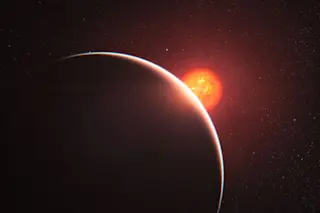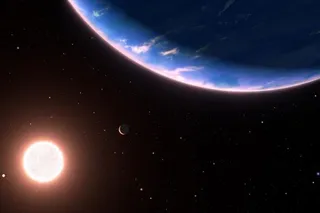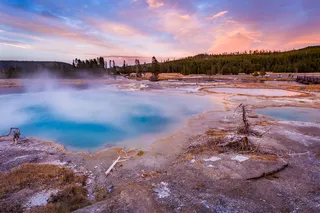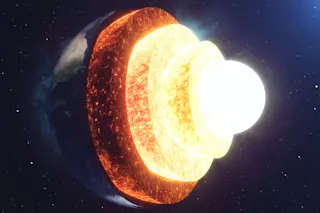Last year, astronomers discovered a remarkable planet orbiting another star: it has a mass and radius that puts it in the "super-Earth" category — meaning it’s more like the Earth than a giant Jupiter-like planet. Today, it has been announced that astronomers have been able to analyze the atmosphere of the planet (the very first time this has ever been accomplished for a super-Earth), and what they found is astonishing: the air of the planet is either shrouded in thick haze, or it’s loaded with water vapor… in other words, steam!
...
Astronomers observed the planet when it passed in front of the star, analyzing the light very carefully. As starlight passes through the planet’s atmosphere, certain colors of it get absorbed, and these are like fingerprints that can be used to figure out the atmospheric composition. Most models predicted a heavy hydrogen content, but the observations ...














